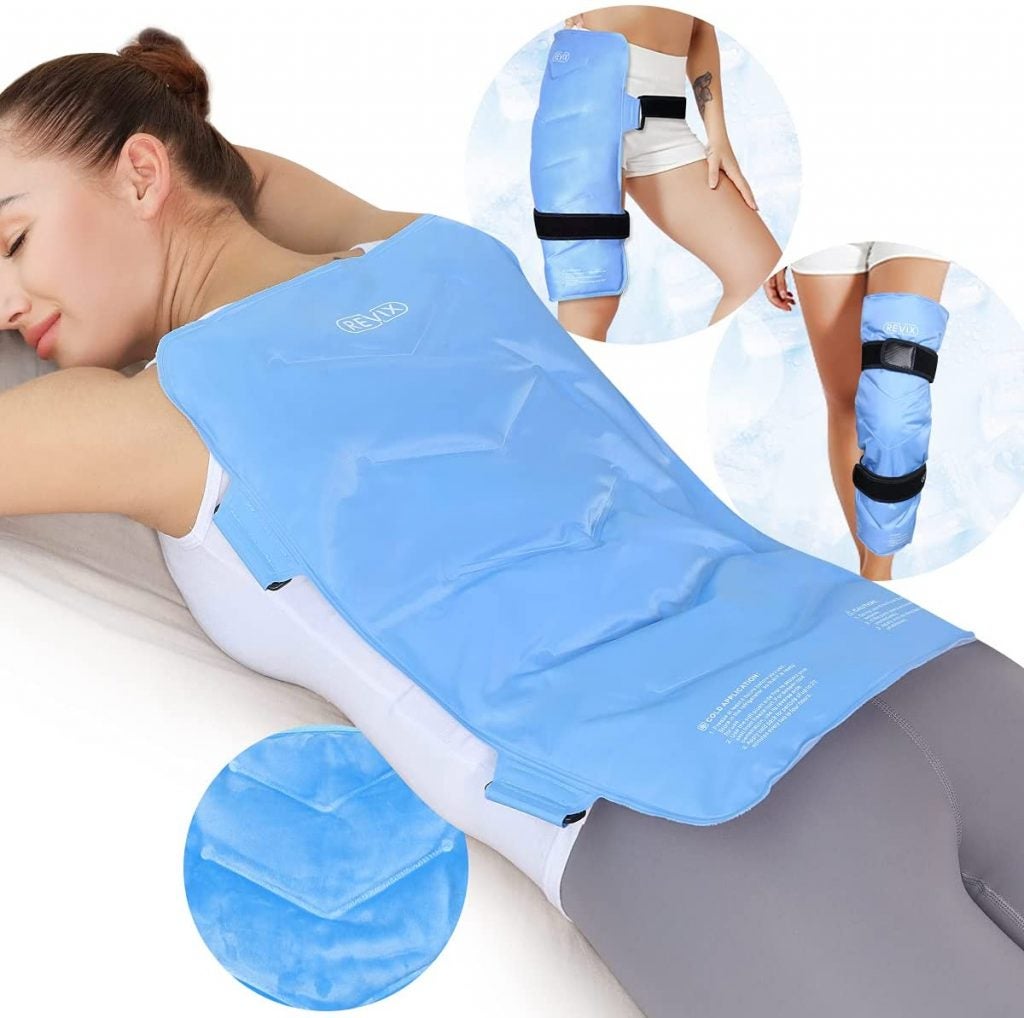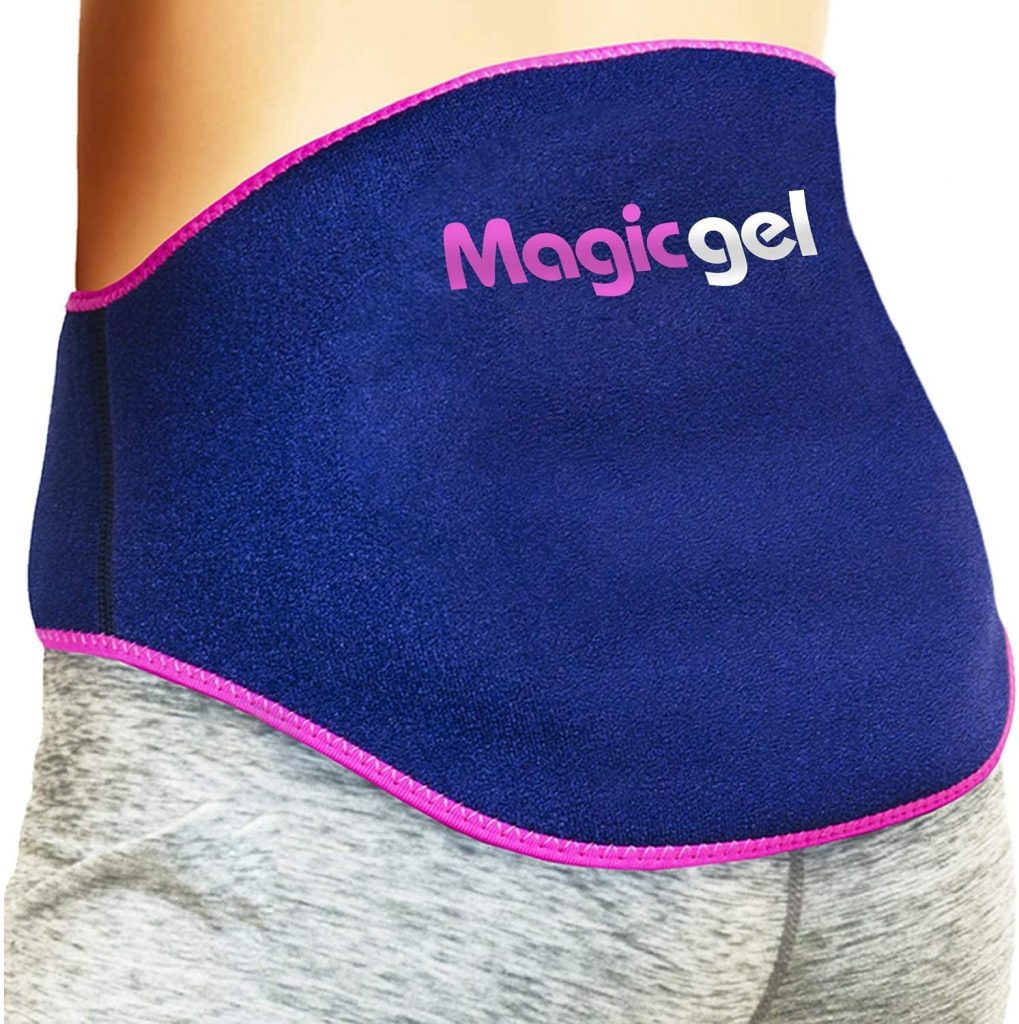Thanks to superior brain function and common sense, most people will never experience back injuries even remotely as painful as the herniated discs I gifted to myself by squatting and deadlifting like an unprotected schmuck. When the third and final of these self-imposed setbacks occurred, I spent the better part of a week lying virtually motionless in bed watching every worthless, sub-straight-to-home-DVD release I could locate on Netflix. My only companions during this unbearably painful and boring stretch of time were the ice packs that were rotated on and off of my back in half-hour intervals, as well as my prescription painkillers.
The thing is, you don’t need to suffer a one-time injury in order to render yourself in dire need of some post-exercise pain remedies. If you work out long enough, your back will eventually ache like a tooth with a seven-year-old cavity.
While you might be tempted to reach for the painkillers — both oral and topical — in such situations, your preferred option should always be ice. Painkillers may be able to alleviate the agony generated by whatever malady has afflicted you, but they can’t contribute to the correction of the root cause. However, when you press ice against your sore back muscles, you’ll not only dull the pain, but you’ll do the important work of reducing much of the swelling in that region, and cause a true physiological reaction that can lead to real improvement.
Makes sense, but what ice pack should I reach for?
The two frequent issues I’ve had with ice packs following my injuries are that they refuse to remain where they’re intended to stay, or they don’t occupy enough space. Annoyingly, then, I have to be either extra precise with the placement of the ice pack, rotate one ice pack over multiple compromised spots or somehow remain sufficiently motionless for the ice pack to remain stable.
To handle the first of these problems, which also happens to be the most likely problem you’re going to encounter if you have the tendency to execute heavy squats and deadlifts without the support provided by a weightlifting belt, I recommend the Magicgel Back Pain Relief Gel Pack. Its straps wrap completely around your waist and fasten together with velcro, enabling you to easily lie down or move around while still experiencing the helpful, cooling iciness from the gel pack within the muscles of your back.
As far as the second issue is concerned — specifically the problem of your ice pack being too small — you should scoop up the REVIX Full Back Ice Pack. This gigantic ice pack administers numbing cold to your entire back over a 13-inch by 21-inch area, and it also arrives with removable velcro straps that enable you to sit up or move around while it’s still swaddling you.

Those sound a whole lot better than fishing ice out of the freezer, placing it in a plastic bag and wrapping it onto my back with a bandage.
When you get right down to it, that’s truly the greatest hassle involved with the whole ice-pack rigamarole — aside, of course, from dealing with the sort of pain that necessitates the ice pack’s use in the first place. No one wants to manually wrap a tiny, mobile ice pack onto their back with a bandage, then lie motionless while it still manages to somehow slide all across your back as you attempt to find a comfortable position to rest in.
Both the Magicgel Back Pain Relief Gel Pack and the REVIX Full Back Ice Pack eliminate those concerns, adequately cover the afflicted areas and make the application and removal processes as easy and clean as possible. Now, that’s cool.


